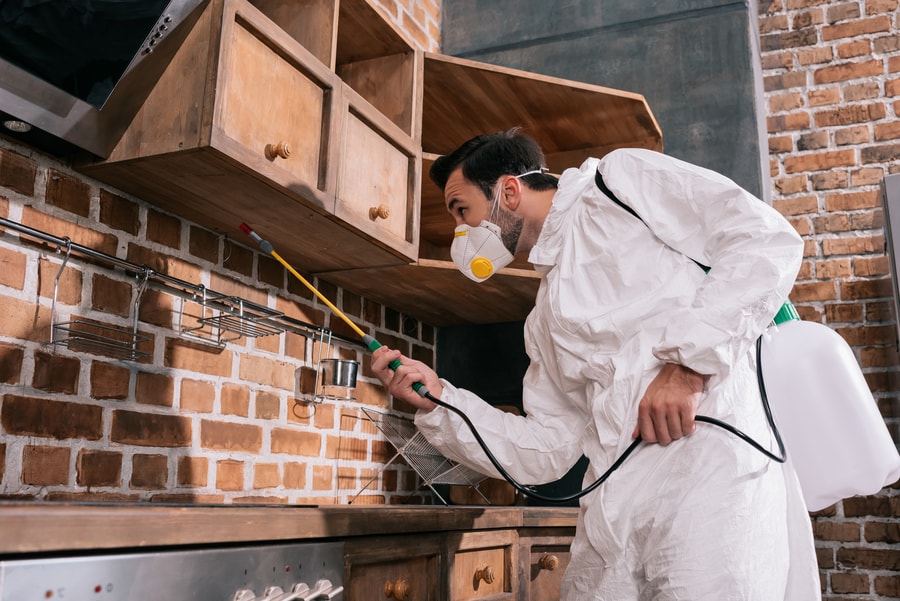What is the Process of Pest Control?
In order to get rid of pests, you’ll need to choose a method that’s effective and will work in your environment. Pest control methods can range from physical exclusion to chemical applications. In many cases, the most effective method is one that will completely eliminate the problem. In some cases, physical barriers are also effective.
(Searching in Google “best pest control near me“? Contact us today!)

Pests are small creatures that live inside and around your home. They can be other animals, such as rodents, spiders, or snakes; or they can be insects, such as cockroaches. pest control means taking action to stop the spread of pests in your home.
A pest is any creature or object that poses a threat to the health or safety of people or property. For example, a cockroach can cause a number of problems in an office setting: they may contaminate food with their saliva, make you sick from allergies, and even cause extensive damage to building materials.
When it comes to protecting your home from pests, there are a few key things you should keep in mind:
• Make sure all entrances and exits to your home are sealed shut (this includes windows and doors).
• Keep tools and objects that could potentially attract pests away from your home (such as gardening tools, empty cooking pots, etc.).
• Cleanse any areas where pests may have been living (e.g., closets and bathrooms) regularly.
• Change all filter filters on all devices used in your home once per month (or every two months if you have a pet).
Hand-picking
Hand-picking is an effective, traditional form of pest control. It involves picking insects and their eggs off of crops, animals, and human hair. Some pests are easily eliminated through hand-picking, but others are difficult to eradicate. The method requires careful observation and knowledge of how pests lay eggs. It is also very labor-intensive and may not be effective in certain areas.
Hand-picking is an effective method of pest control, especially if you’re dealing with small insects. Many insects are not harmful to your plants and can be picked off at any stage of their life cycle. You can also use hand-picking techniques to pick off large, non-venomous pests. If you’re worried about the risk of hand-picking, you can knock the insects into a container before they reach the plant.
Chemical control
Chemical control is a common method for controlling pests. It is used in combination with cultural and biological controls to eliminate pest populations. Cultural controls involve changing irrigation practices to avoid the growth of weeds and root diseases. Chemical control is also available as mechanical control to kill pests directly. Physical controls include barriers to prevent pests from entering the plant.
Pesticides can be used to control pests, but they have limited effect compared to natural methods. Chemical pesticides must be sprayed in higher concentrations for effective results. Biological controls use chemicals that act on viruses and bacteria. They are constantly being studied and developed to prevent pest infestations. These products are categorized as plant protection products and must meet strict requirements before they can be applied to crops.
Physical barriers
One of the most effective methods of pest control is to create physical barriers that repel insects. These barriers can be in the form of nets, cages, or sticky traps. Some of these traps contain no pesticides, while others use pheromones to attract insects. Other physical barriers include caulking and window screens. Some pest control programs also use habitat modification.
One such type of physical barrier is called Rentokil’s termite barrier. This barrier is placed underneath the foundation slab of a new home or around existing buildings. It comes in wide sheets that are laid in the same manner as the moisture layer is laid before a slab is poured. They are then taped down with quality cloth tape. This method is effective in blocking the entrances of subterranean termites.

